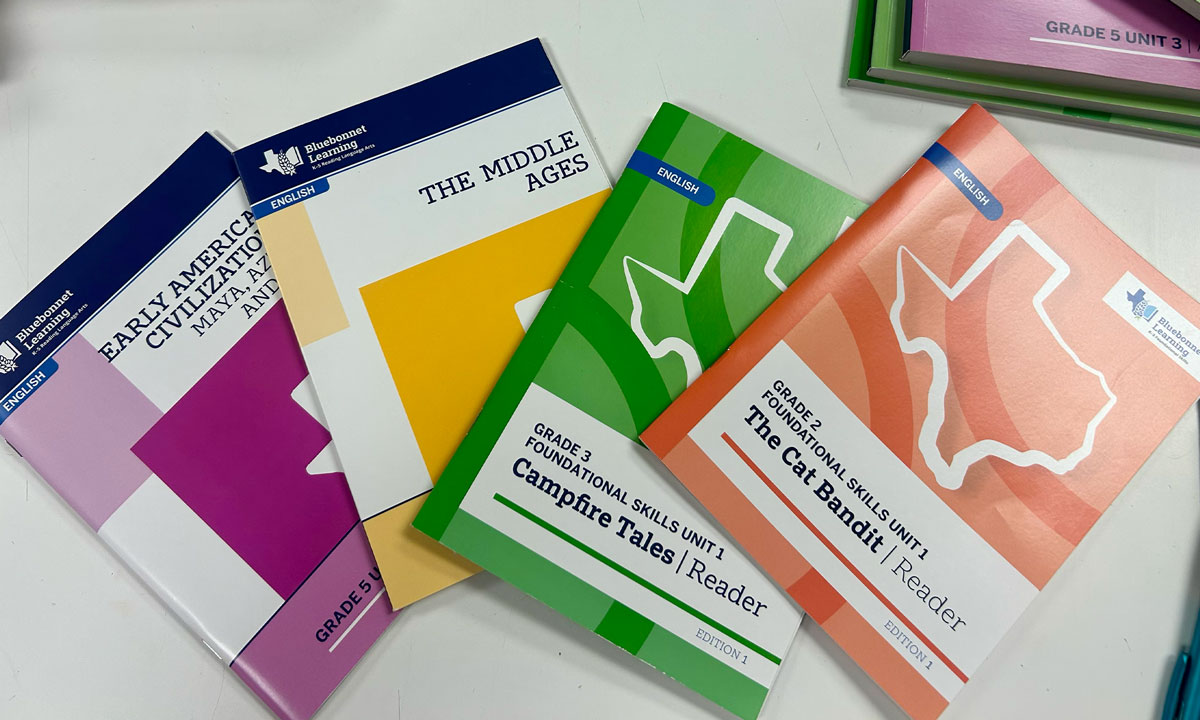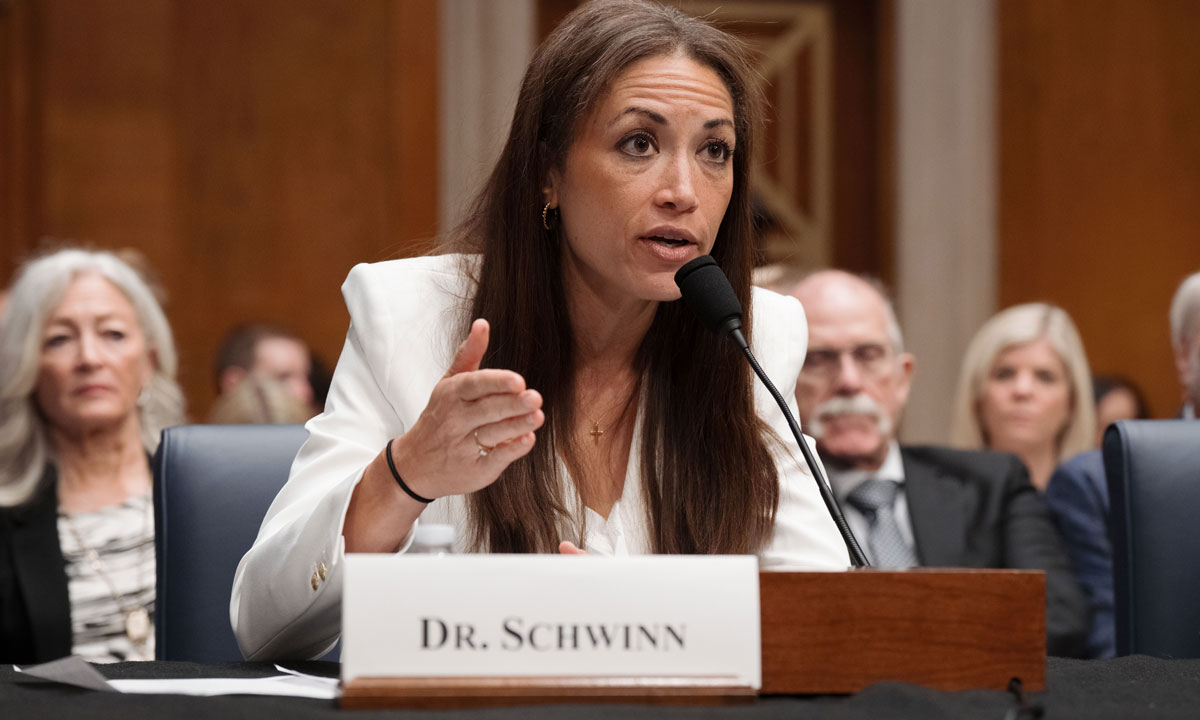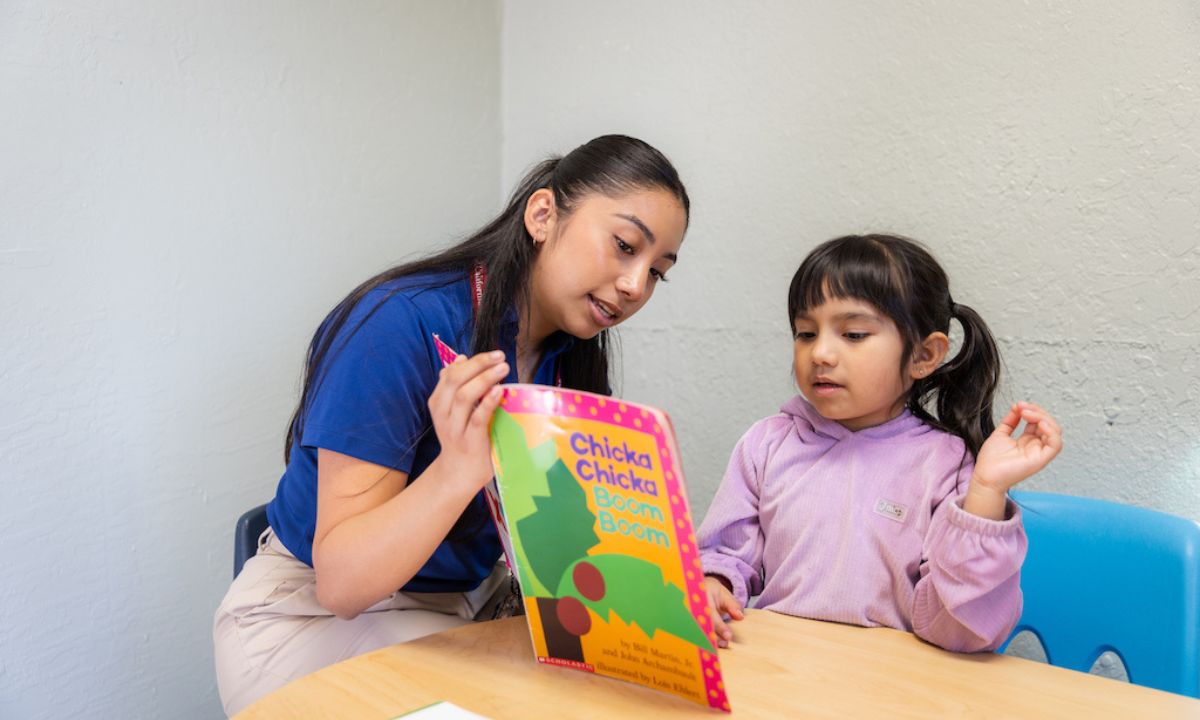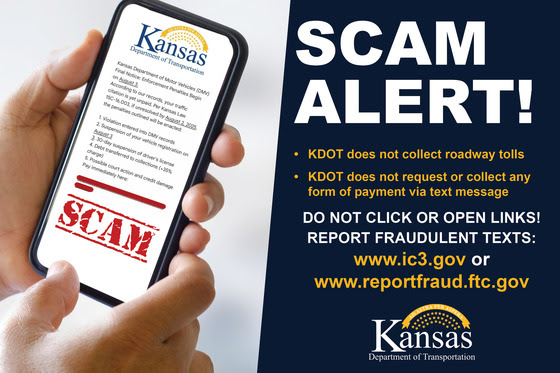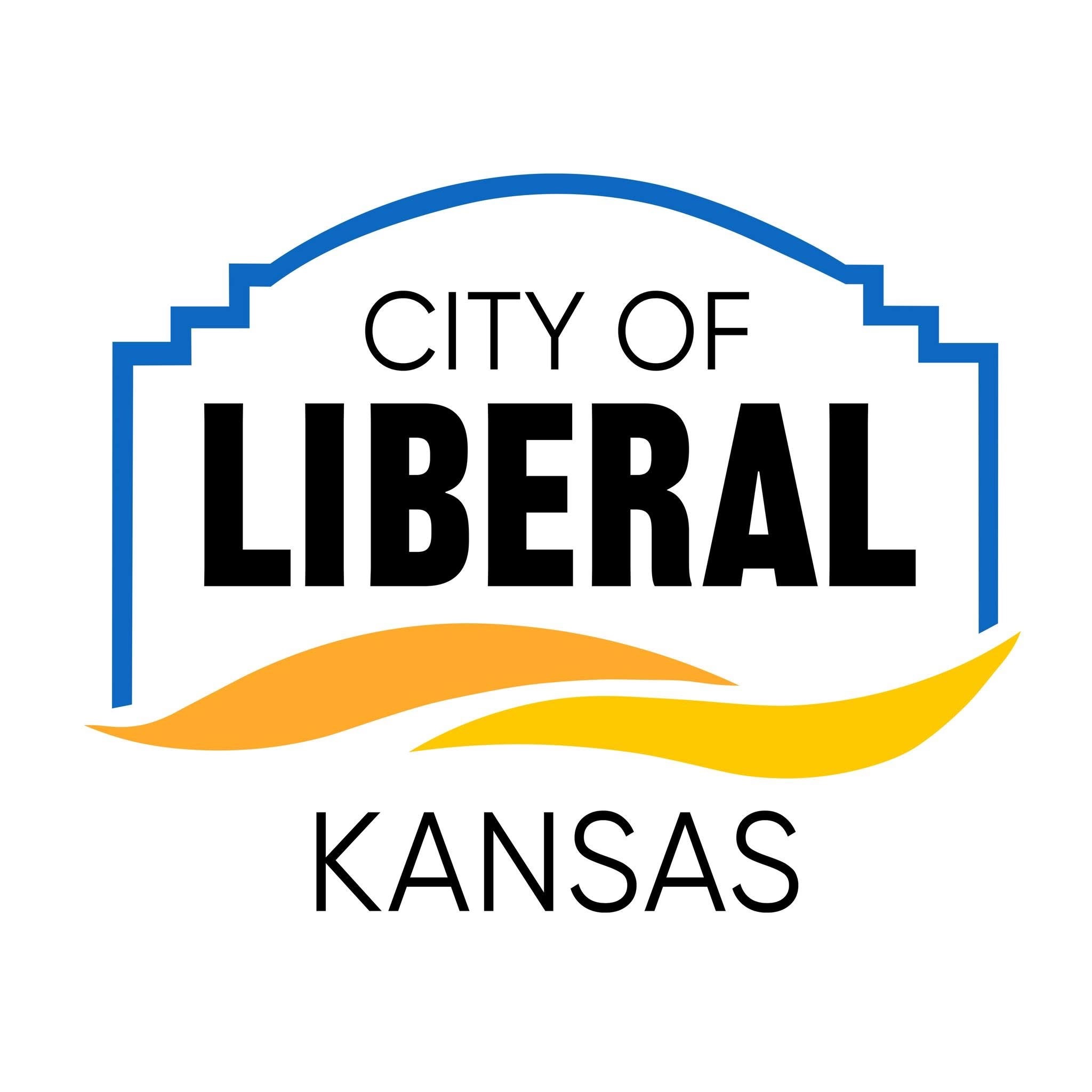A new K–5 reading program with numerous biblical allusions will be introduced by the Fairfield, Texas, school district this coming academic year. Fairfield is located around midway between Dallas and Houston.
A kindergarten lesson on the Golden Rule, which featured Jesus’ Sermon on the Mount, and several passages about a Christian prayer that the governor of Plymouth Colony said at the first Thanksgiving were among the roughly thirty sections of the curriculum that the staff removed in an effort to prevent arguments over families’ religious beliefs.
According to Superintendent Joe Craig, the elementary teachers in the district sifted over the materials in search of anything that would be problematic. They didn’t think the curriculum items aligned with the main points of the course.
The selective approach that many districts have adopted toward Bluebonnet Learning—state-developed materials that heavily emphasize the Bible and Christianity—is reflected in Fairfield’s procedure. With feedback from 300 teachers, Fort Worth, the fifth largest district in the state, adopted the phonics portion of the curriculum, but turned down the units with religious material. The Houston and Dallas districts chose to preserve what they presently use, while other districts just ordered a few books, probably for review purposes.
Texas has invested around $100 million and more in creating and promoting its own reading program. However, given that the State Board of Education just needed one vote to adopt it, some observers say they wouldn’t be shocked if districts weren’t jumping at the chance to implement it.
According to Eve Myers, a consultant with HillCo Partners, a political consulting and lobbying business that is monitoring program adoption, they would be hesitant to bring the same debate into their districts, particularly in areas with families from a variety of religious backgrounds. It might divert their attention from the budget, student progress, school safety, and all the other urgent problems they need to deal with.
There are more than 1,200 elementary school districts and over 600 charter schools in Texas. Only Conroe, which is north of Houston, plans to implement the program this fall out of the 20 largest districts in the state. According to a state purchasing system, 144 districts and charters, primarily small or mid-sized, placed the material orders between May and late July.
The total number of districts utilizing Bluebonnet has been requested by state board members. The board member who voted against the reading program in November, Pam Little, stated, “That’s the question we would all like to know.”
The online version of the materials may be used by other districts, but during the board’s review of the program last year, there was much discussion about whether or not pupils would have real books and spend less time in front of screens.
The religious component, according to state officials and conservative supporters, is a traditional and suitable method of teaching literacy skills in addition to history and culture. Others appreciate the focus on difficult language and cursive writing. State Commissioner of Education Mike Morath stated in an interview with The 74 last year that the state may recover from the pandemic-related decreases in reading proficiency by implementing a phonics-based curriculum that also helps children develop their background knowledge.
A nationwide discussion over whether political leaders are imposing Christianity on public schools was triggered by the program, however. At the same time as schools are mandated by a new state law to display the Ten Commandments, Bluebonnet makes its classroom debut. Additionally, in June, Governor Greg Abbott approved legislation allowing districts to provide a daily optional amount of time for prayer and Bible or other religious reading. Although most schools aren’t doing so, districts may hire chaplains to serve as counselors under a similar 2023 statute.
Guthrie Graves-Fitzsimmons, senior director of policy and advocacy at the Interfaith Alliance, a nationwide organization that supports church-state separation, stated that there is undoubtedly a gap between the radical far right agenda and what school boards—who answer to local families and students—are actually going to do. He claimed that Texas was denying parents and clergy the ability to direct religious education.
Hard on the teacher
Curriculum director Dayren Carlisle stated that the Conroe school system, which has 73,000 students, chose Bluebonnet because teachers were previously using a patchwork of resources. She told The 74 in an email that they frequently put in long hours getting ready for reading and writing lessons. According to her, Bluebonnet offers a well-rounded curriculum that satisfies statutory requirements.
Christine Yates, a mom, argued against it, however.
According to Yates, whose kids will be in second and fourth grade this fall, religiously based learning has no place in any kind of public school environment. She worries that the faith-related lessons are just borrowing trouble because her family doesn’t go to church.
Former Conroe teacher Becky Sherrill understands the difficulties faced by teachers who must deal with parents’ requests to drop their kids from class. Due to a June U.S. Supreme Court ruling in support of religious families that choose to shield their children from LGBTQ-themed literature, many parents may be more inclined to exercise this privilege this autumn.
The teacher finds it difficult. In reference to Jehovah’s Witnesses she had as a student, Sherrill remarked, “It’s already so hard at Christmas or even with birthdays.” Some children don’t celebrate birthdays, therefore you can’t give them cupcakes.
Due in large part to Bluebonnet and the 10 Commandments statute, she has already withdrawn her fifth-grader daughter out of the system and is homeschooling her middle school son.
Carlisle gave the board an explanation at a May meeting on how teachers will handle requests from parents who wish to opt their kids out of the classes.
“We would have to find a completely different text if a parent complained about this,” she said.
However, that did not sit well with Tiffany Baumann Nelson, one of three Mama Bears—conservative school board members—elected in 2022.
She maintained that there is no mention of religion in this curriculum. Since these are all historical allusions, I don’t think there should be any changes or substitutes.
Little, a state board member, is concerned that youngsters may not acquire the reading skills they need, regardless of whether districts are eliminating biblical content or parents are choosing to opt out of their children’s education.
Imagine that a devout East Asian parent has made the decision that they do not want their child to have [a Bible story]. Will skill development be missed by that child? She enquired. District employees will also be burdened with accommodating parents’ wishes. How much does it cost these districts in terms of labor time to go through and remove the religious content? The uproar that the religious element will cause was unnecessary.
Reviewed it and loved it
After the Texas Education Agency spent around $84 million to modify an existing reading curriculum from the company Amplify, the state board barely approved the new program last autumn. The Texas edition, which was renamed Bluebonnet after the state flower, presents an evangelical perspective on early American history and highlights key moments from Jesus’ life. The Prodigal Son narrative, an art history study based on the Genesis creation tale, and scriptural allusions to the Liberty Bell’s motto are a few examples of lessons.
Several businesses and content specialists, including the far-right Texas Public Policy Foundation, were compensated by the government to create and evaluate the courses; it did not disclose a list of all districts that have bought the curriculum. Christian media organization, co-founded by U.S. ambassador to Israel Mike Huckabee, provided visuals, and Hillsdale College, a Christian school in Michigan, offered to work on modules about the birth of America. However, Texas authorities will not say who penned the biblical texts.
The final edition nevertheless has more references to Christianity than other religions, despite officials removing several texts that were hurtful to Jews and adding more references to Islam and Hinduism in response to criticism.
According to Cindi Castilla, president of the conservative Texas Eagle Forum, we evaluated it and thought it was fantastic. She pushed for state board approval of the curriculum last year, saying that there is richness in biblical literature and that Bible stories teach children character traits and the origins of the legal system.
Since then, she has reviewed the finished product with retired teachers who have taught a classical curriculum and believe it will improve pupils’ phonics and cursive skills. That s why Gina Eubank wishes her grandchildren s school districts Katy, near Houston, and Belton, near Waco had adopted the materials.
When I observed honor kids in the fourth and sixth grades writing thank-you notes, I was astounded by the terrible spelling and unreadable handwriting, she added.
Promote, market and advertise
Districts on the fence about Bluebonnet can reconsider their decision next year. Legislators increased cash incentives for schools using state-approved materials to up to $60 per pupil in order to make it more alluring. That was likely one reason why the 27,000-student Lubbock schools adopted it, said Clinton Gill, a former math and science teacher in the district who now works for the Texas State Teachers Association.
At the same time, he thinks district leaders assume students will stand a better chance of performing well on the state test if officials match it up to a curriculum the state developed. Adopting Bluebonnet also helps the district not have to hire staff to write curriculum when they get it from the state for free.
The per-student bonus isn t the only way the state aims to ensure Bluebonnet becomes the preferred choice. In December, the month after the board approved it, the Texas Education Agency quickly made Bluebonnet available to order. Materials from other publishers weren t available until May.
It seems that Bluebonnet Learning had an advantage, Little told Morath, the commissioner, duringa June meeting. She said she heard complaints from publishers over the issue.
Morath called the delay a one-time exacerbated problem because the state had to add new language to contracts with publishers before making their materials available to districts. While the time lapse should be shorter next year, he said there would always be some gap.
In the currentstate budget, lawmakers authorized Morath to contract with businesses to promote, market and advertise Bluebonnet. Aseparate appropriations billprovides $243 million to districts to help with implementation costs, like coaching for teachers.
Last year s budget included $10 million for regional education service centers to do similar work for districts adopting Bluebonnet. The centers are expected tomeet targetsfor increasing the number of districts using the materials in their region to stay eligible for future funding.
Some leaders in the state say that top-down pressure could alter the relationship the centers have traditionally had with school systems in their regions. They help districts, especially smaller ones with fewer central office staff, stay in compliance with state regulations or work on school improvement.
The service centers have always been a hub of knowledge, said Martha Salazar-Zamora, superintendent of the Tomball Independent School District, north of Houston. Expecting districts to sell Bluebonnet, she said, has been more of a strategic push.
She doesn t doubt that Bluebonnet will boost reading scores for some students, but Tomball is already rated ahigh-performing districtin the state s accountability system. Another reason why she didn t consider the program is because a Spanish version is not yet available. Her district, where about 35% of students areEnglish learners, has a Spanish-Englishdual language program.
I love anything that helps kids, she said. I just don t think it s the right tool for every district.
